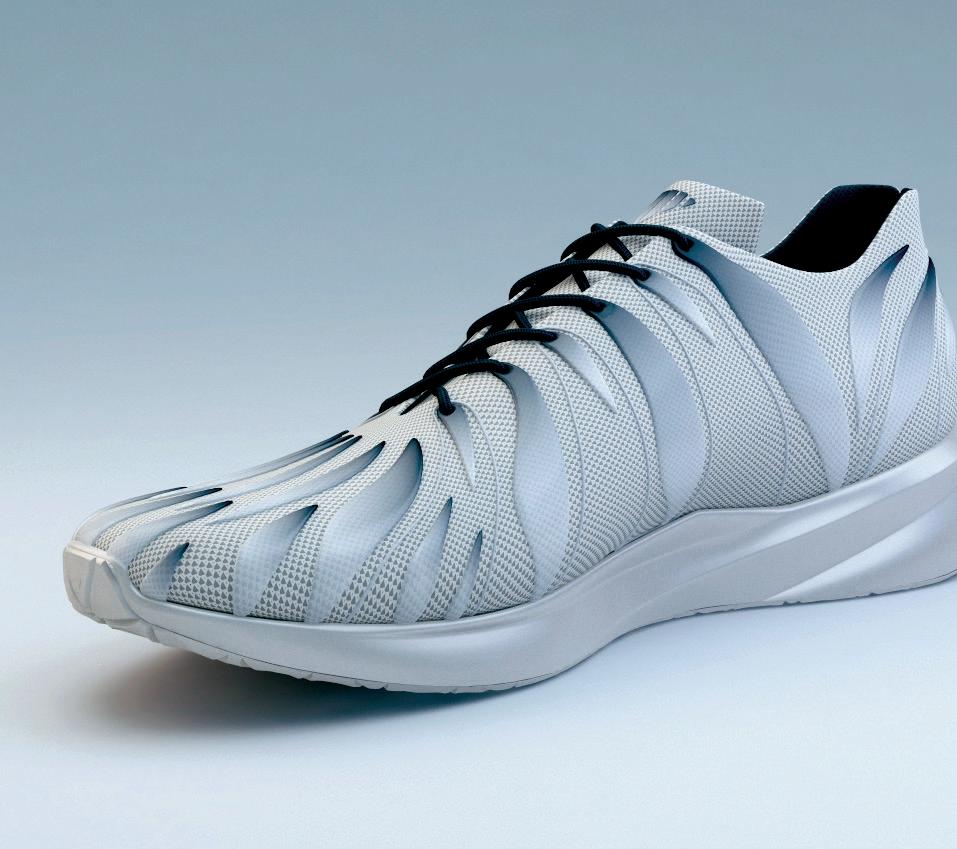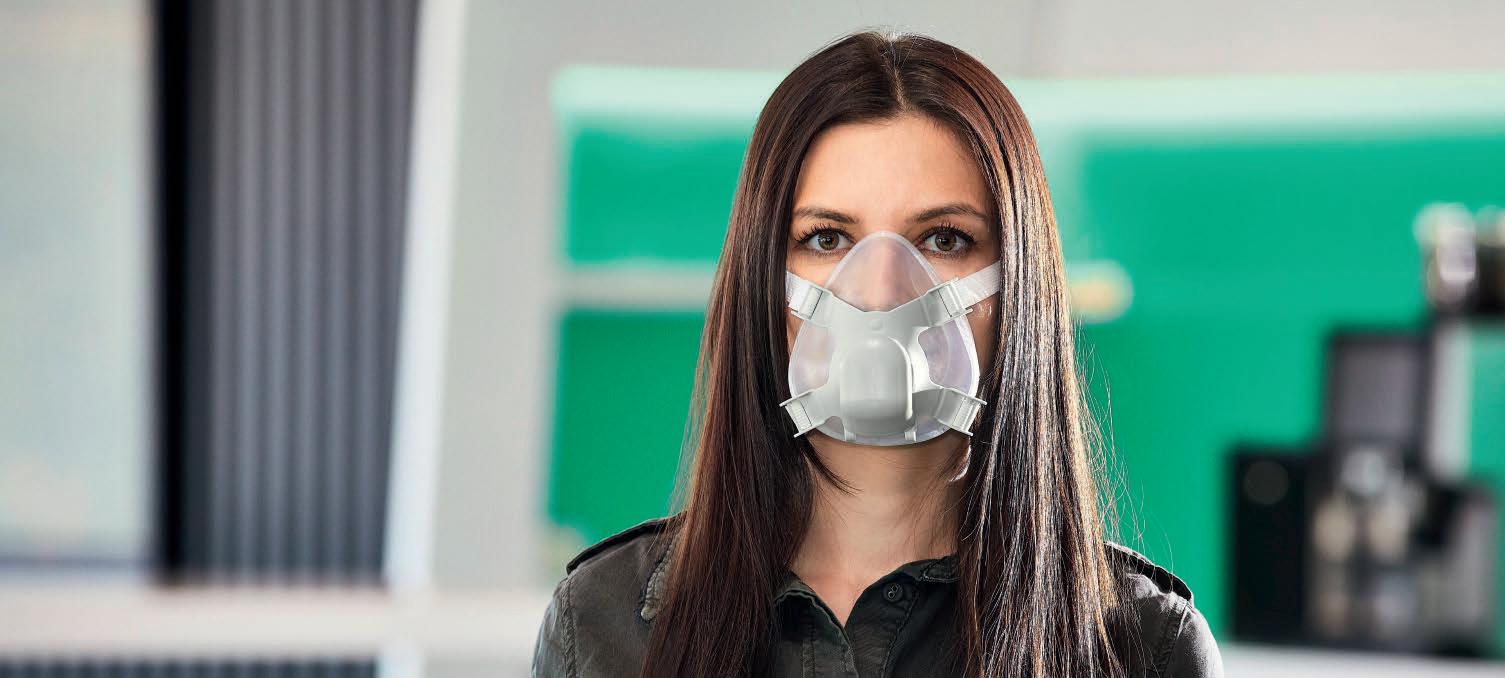THE INSIDE TR S
tefanie Brickwede, Head of Additive Manufacturing at Deutsche Bahn and Managing Director of Mobility goes Additive (MGA) talks to Laura Griffiths about 3D printing in the rail industry, why sustainability needs to be taken seriously and how the pandemic pressured companies to innovate.
4 RIGHT:
HANDRAIL SIGN WITH BRAILLE (SOURCE: DEUTSCHE BAHN AG / OLIVER LANG)
6 BELOW:
STEFANIE BRICKWEDE
TCT: Last time we caught up you were on a MakerBot roundtable talking about the use of 3D printing during the pandemic. Deutsche Bahn had already been using AM for a long time, but can you give us your take on how AM adoption was ramped up during that time? SB: It's not just the pandemic. We have to cope with such interruptions of supply chains nearly every month. And what really helped during the pandemic, those companies are more minded to consider alternative ways of production. Many companies say they are much more open to additive manufacturing than before. That’s one of the reasons. Others are that they were under economic pressure, they have to move. The need to think about innovation is much bigger than two years ago. TCT: During that panel, the question was asked of whether this open mindset was really going to stick with us postpandemic. And as you've just said, it's not just about a pandemic. What are your thoughts now? SB: So many companies have discovered that they can use the technology for parts, spare parts, whatever you can think of. You can see a lot of it in tooling. For tooling, you don't need any certification so those are the low hanging fruits. In the railway sector, also far beyond in the automotive sector, they’ve used AM for a very long time for prototyping and now more and more for tooling. They have printers on their premises, in their maintenance workshops or production halls, and the logic just to have an idea, produce it overnight and use it the next day is really great. This is something we
014 / www.tctmagazine.com / VOL 7 ISSUE 5
are now experiencing also within Deutsche Bahn and other railway companies. Within the network, we have eight European railway companies. The others are thinking and considering exactly the same. What you can also experience is that you have a lot of younger and even older people who have a printer at home and bring the idea to the job. If you ask people ‘who is interested in joining in a 3D printing project or department?’, you will always find people who are really waiting for someone to ask them. TCT: You mentioned it's not just Deutsche Bahn, there are lots of other rail companies using AM. As more companies turned to AM throughout the pandemic, did you already feel ahead of the curve? SB: In the railway sector, Deutsche Bahn and French SNCF, they are leading by far. But the others are very open to that. We have a working group, which is called RAILiability, they're working on rail and liability and the exchange in that working group is so open.
SHOWN: SECONDARY RAIL STOP (SOURCE: DEUTSCHE BAHN)











